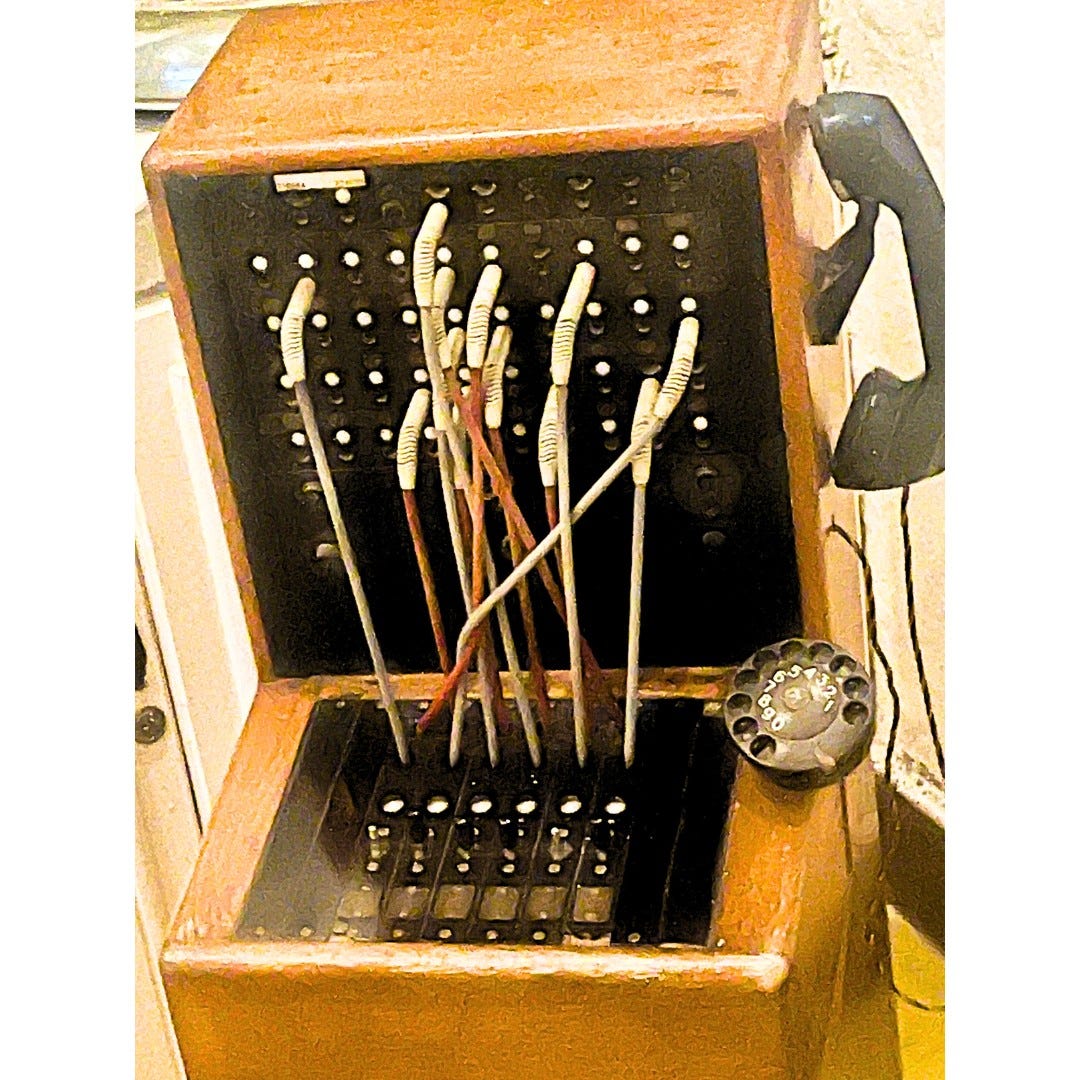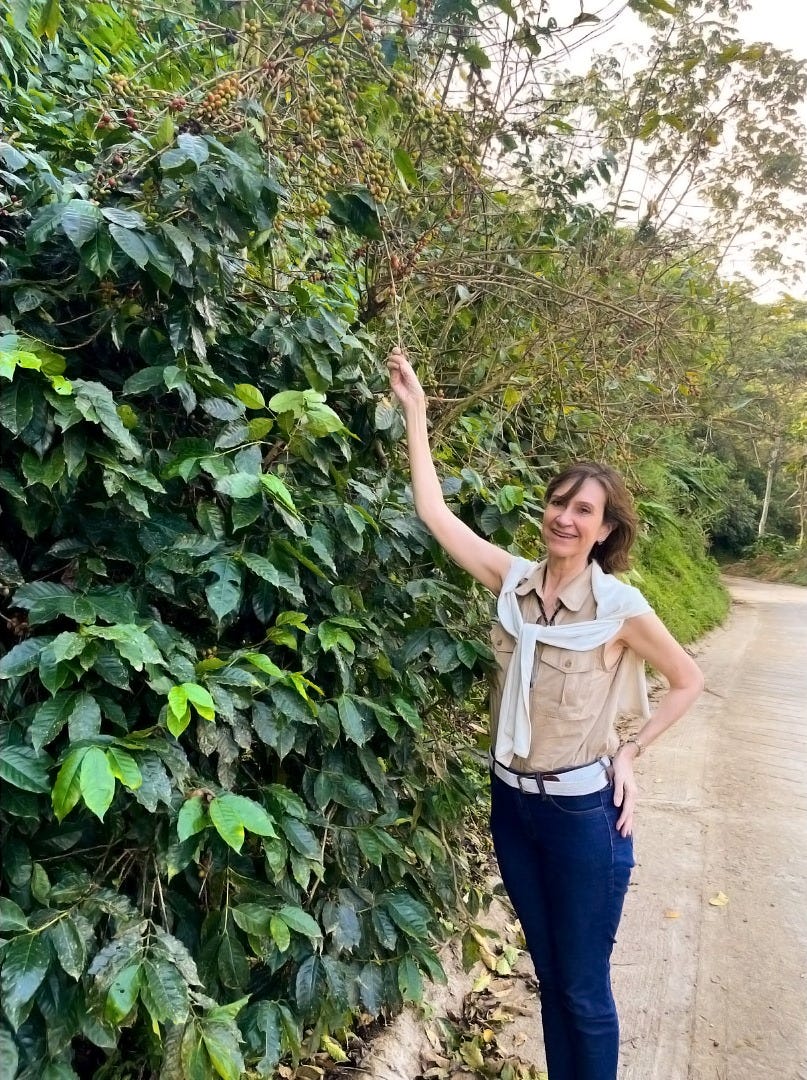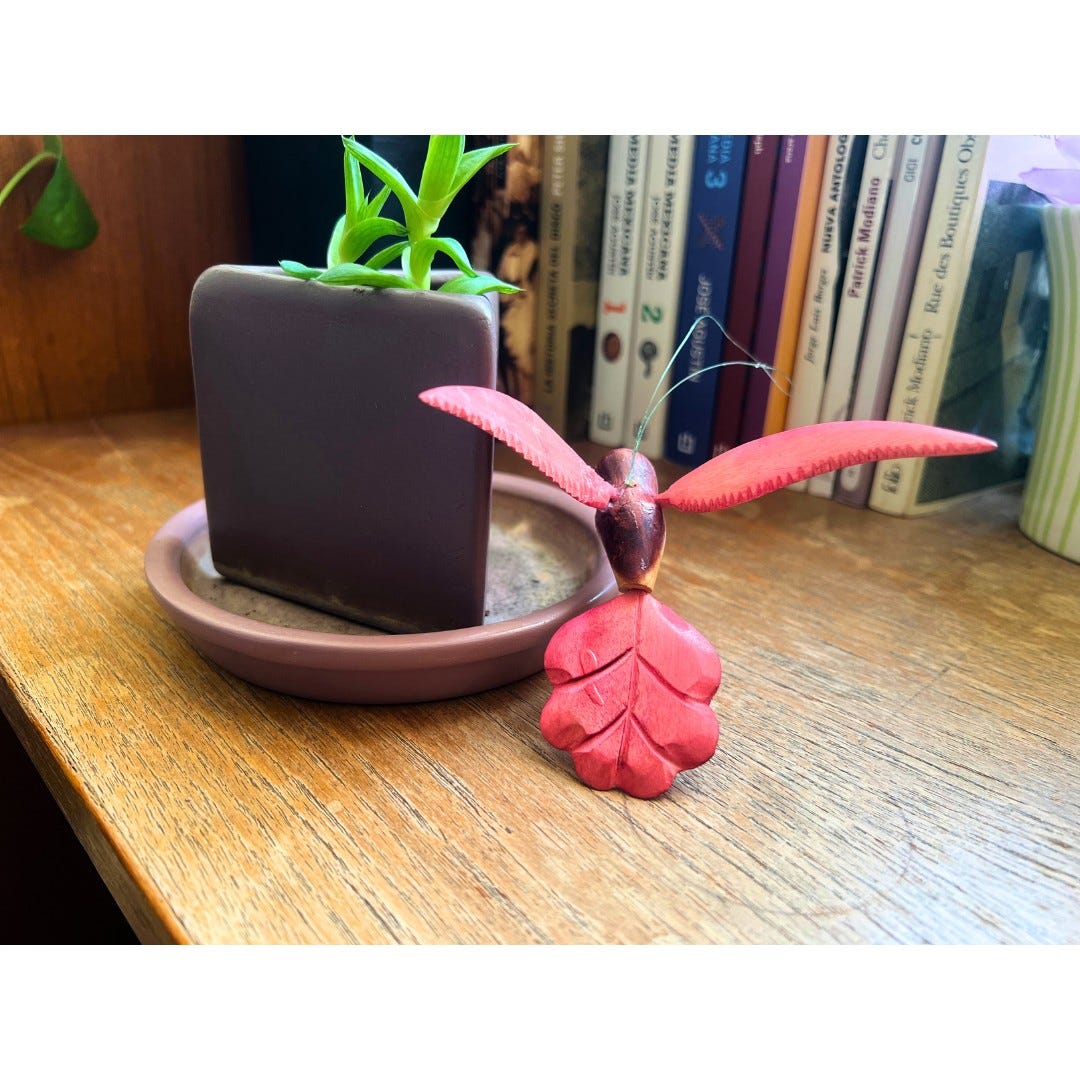So now I’ve had that knee surgery I told you about, I’ve also had time to ponder the takeaways from Peter Mountford’s amazing Essay Masterclass last fall.
First, the takeaway itself. I think I got it. You gotta make your message super clear if you want to publish an essay in a first-rate publication these days. Readers, not only editors, just don’t have the time to go searching for your idea. Our lifestyles and tastes have moved way beyond prose shaped like a labyrinth, no signposts anywhere.
I asked, in our class meet-and-greet Zoom session, if this applies to fiction, especially short fiction. In short, yes.
Will my stubborn ways ever change? What about my favs, the modernists, like Virginia Woolf, James Joyce, William Faulkner, those who gave us stream of consciousness? You know, those who said, life is like this. Like what you’re reading on this page—no more, no less. (Is there more to this? Actually . . . let’s save that thought.)
In short fiction, what about J.D. Salinger’s classic story “A Perfect Day for Bananafish”? A takeaway, yes. (An inner oppression misinterpreted by the outside world. My interpretation.)
Is it explicit? Not so sure. For all my professed rebellion, I’m old-fashioned. I come from the last century, in more ways than one.
But let’s get back to essays. I think I understand what I’ve misunderstood for so long. Of course, ambiguity has a key role. Tension is needed to keep your reader with you, just as much as clarity. If you take both sides of an argument and fight with yourself about what you think on the page, you produce ambiguity, paradox, tension—a more gripping narrative.
However, at the end of the day, you need to come to a conclusion. Now I’m looking to resolve tensions with explicit takeaways, at least somewhere on the page, as clearly as possible, in every essay I plan to write this year.
Why? Basically, I don’t want the lines to get crossed.
Let’s consider my favorite philosopher Nietzsche, famous for his head-spinning aphorisms. They could mean anything. They could mean everything. They could mean nothing.
“What doesn’t kill me makes me stronger,” for instance. Now, what is that supposed to mean? Couldn’t the guy have been a little more explicit for once, before 21st century pop culture turned this hard-shelled philosophical nugget into syrupy self-help singable nonsense?
And while we’re at it, couldn’t he have made it clear he was an advocate of self-inquiry, the questioning of all our moral impulses, not genocide against perceived enemies, before the Nazis got hold of his ideas and framed them for their purposes?
The short answer is, No. The style is the man—his form, his function. The puzzles he constructs force you to think for yourself. What Nietzsche the philosopher thinks becomes less important than what you yourself think, as the reader.
Which leads to another idea, contradictory to Nietzsche’s approach. Maybe, in today’s supercharged, smoke-and-mirrors media world, the greater threat for an essayist is not so much the lack of time for readers to figure out what something means as the danger of having words—any words—lead to misunderstandings. All of us are perfectly capable of falling into this pitfall. Today, maybe, clarity is all the more urgent.
(By the way, for less blather and more concision on this topic, please read the latest post on Third Place Cafe Stories. Thanks! You’re the best.)
A little adventure from my pre-op trip to Colombia might serve to illustrate. I hired a tour guide for a day trip to the Sierra Nevada in Santa Marta, mountains abutting the Caribbean, covered in rain forest. Binoculars swinging from my neck, I told the guide at the wheel how much I looked forward to observing rain-forest birds.
As any real birdwatcher knows, you have to stay silent and motionless for some time to get a good look at most birds. And in a rain forest, their song can make them sound a few feet away when they might actually sit on a branch some 50 feet above you.
The driver seemed to think one golden set of wings swooping across the dirt road was the tick in the box, when what I wanted was to sit or stand on a rock somewhere for hours and stalk the birds with my camera.
We stopped again and again at all the spots he thought would be great for selfies, like the one below on the way up, in which he snapped me pulling on a stem of organic coffee beans. (Which, I must admit, was a blast.)
I finally told him enough with the photo ops already, where were the birds? No more time, a storm threatened, the road might soon become impassable.
Now, what if I had said from the get-go the main thing I wanted to do was to sit still and watch birds? Something to ponder.
In the end I bought a carved wooden hummingbird in a park in Bogota at the last minute, stuffed it in my backpack on the way to the airport and found its wing broken when I got home. I glued my fingers together several times before I got the wing back in place.
Happy to report the bird can still sing. (Hum, I mean. Sorry, that was hum.)
All for now. I’m sure what I said above is just a scratch on the surface of this topic. Let’s just keep going and see what we can learn by trying it out. Good luck, everybody!








Genial, querida Dorothy.